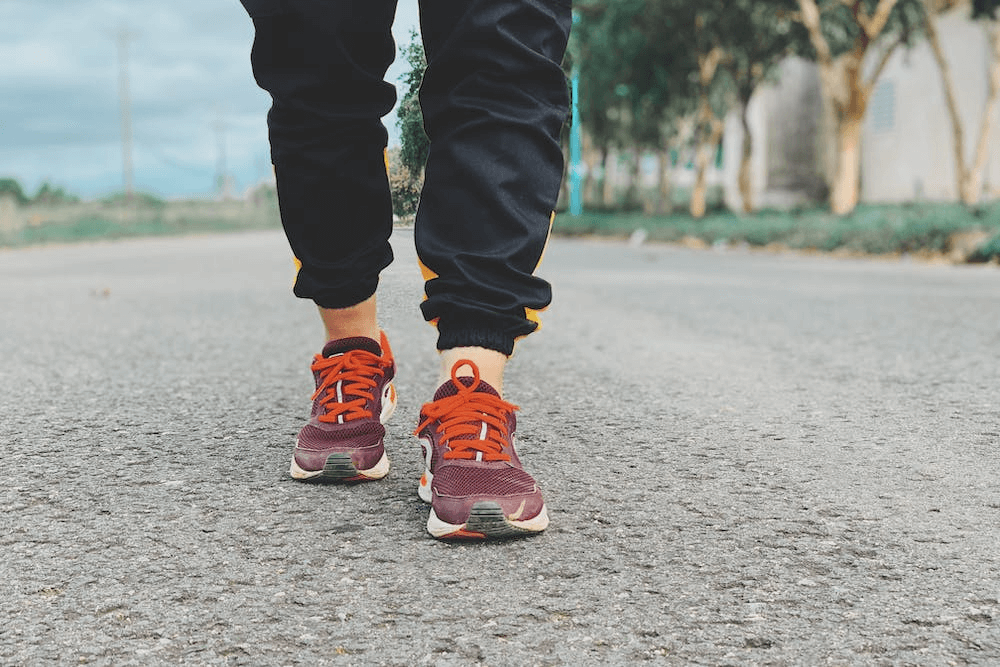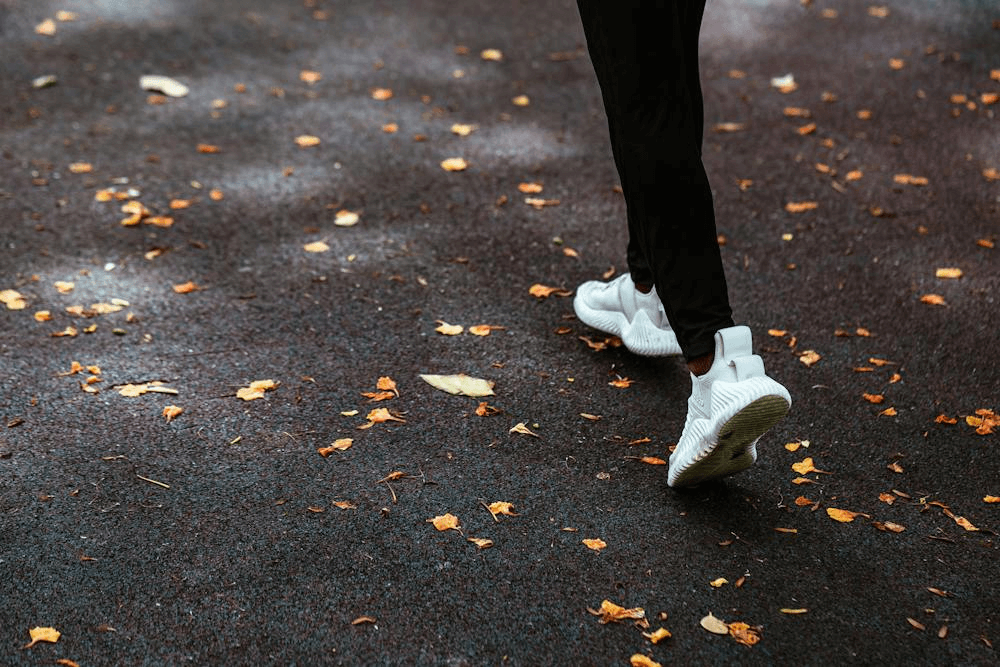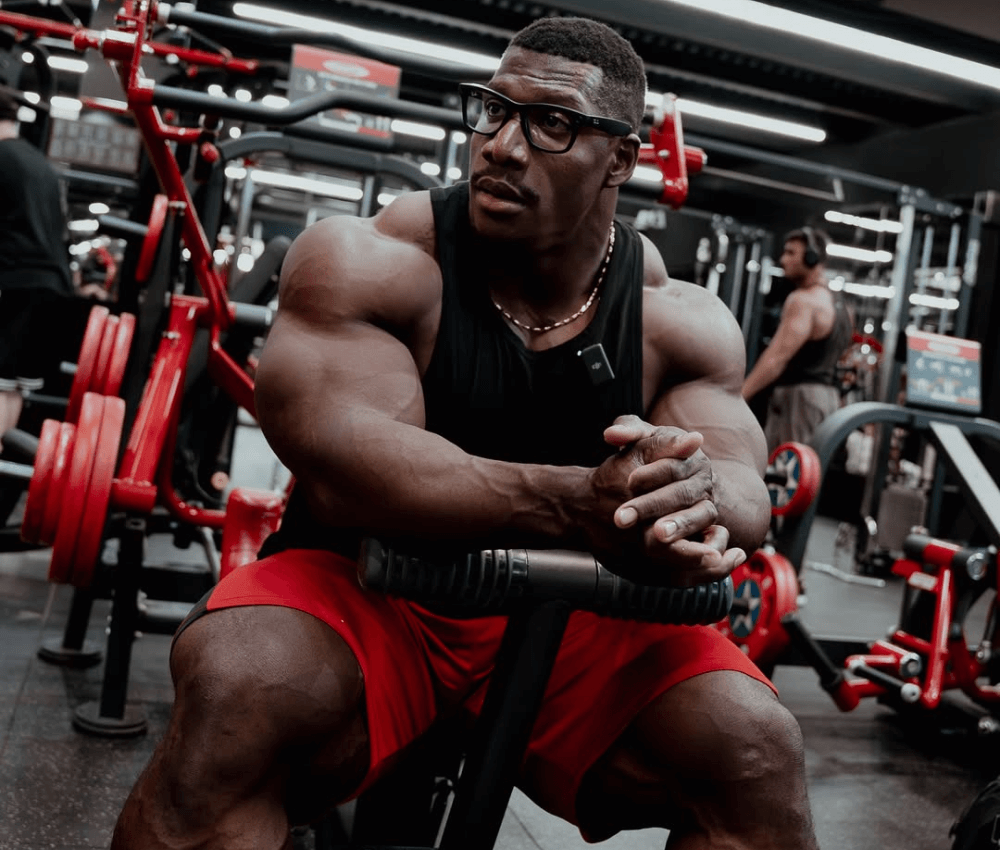Table of Contents
- The Mechanics of the Elevated Goblet Squat
- Benefits of the Elevated Goblet Squat
- Incorporating the Elevated Goblet Squat into Your Routine
- Key Tips for Elevated Goblet Squat
- Common Mistakes to Avoid in Elevated Goblet Squats
- Variations and Progressions
- Integrating the Elevated Goblet Squat with Other Exercises
The elevated goblet squat is a dynamic and versatile exercise that adds an extra dimension to traditional squat routines. Ideal for individuals of all fitness levels, this variation not only targets the major muscles of the lower body but also improves balance and flexibility.
Let’s dive into the mechanics, benefits, and proper execution of the elevated goblet squat.
The Mechanics of the Elevated Goblet Squat
- Stance and Positioning: In this exercise, the feet are positioned on an elevated surface, such as weight plates or a step, while holding a kettlebell or dumbbell close to the chest. This elevated stance increases the range of motion.
- Execution: Perform a squat by bending the hips and knees while keeping the weight close to your chest. The elevation allows for a deeper squat, engaging the glutes, quads, and hamstrings more effectively.
- Breathing: Proper breathing is crucial. Inhale on the way down and exhale while pushing back up.
Benefits of the Elevated Goblet Squat
- Enhanced Muscle Activation: The elevated position allows for a greater range of motion, leading to enhanced activation of the lower body muscles, especially the glutes and hamstrings.
- Improved Flexibility and Mobility: This squat variation helps in improving overall flexibility, particularly in the hips and ankles.
- Balance and Stability: Performing squats on an elevated surface challenges your balance and stability, engaging the core and lower body stabilizer muscles.
- Versatility: The elevated goblet squat can be modified for different fitness levels and is a great addition to any workout routine, from bodyweight circuits to strength training sessions.
Incorporating the Elevated Goblet Squat into Your Routine
- Warm-Up: Start with a proper warm-up to prepare your muscles. Dynamic stretches and light cardio can help increase blood flow to the muscles.
- Frequency: Include this exercise in your lower body workouts 1-2 times a week, depending on your overall fitness routine.
- Repetitions and Sets: Begin with lighter weights to focus on form. Aim for 3-4 sets of 8-15 repetitions, depending on your fitness level and goals.
- Progression: As you become more comfortable, gradually increase the weight or the height of the elevation to challenge your muscles further.
Key Tips for Elevated Goblet Squat
- Foot Placement: Ensure your feet are firmly planted on the elevated surface, and maintain a stable stance throughout the exercise.
- Weight Positioning: Keep the weight close to your chest. This helps in maintaining balance and ensures the focus remains on the lower body.
- Depth of Squat: Aim to squat as deep as your flexibility allows, but avoid compromising your form. A deeper squat engages more muscle fibers but should be done within comfortable limits.
- Neutral Spine: Maintain a neutral spine throughout the squat to avoid undue stress on your back.
Common Mistakes to Avoid in Elevated Goblet Squats
Perfecting the elevated goblet squat involves being aware of and avoiding common mistakes:
- Improper Foot Alignment: Avoid placing your feet too close or too far apart. They should be shoulder-width apart for optimal balance and muscle engagement.
- Leaning Forward: Keep your torso upright throughout the movement. Leaning too far forward can put unnecessary stress on your lower back.
- Heels Lifting Off: Ensure your heels remain flat on the elevated surface. Lifting your heels can lead to instability and reduce the effectiveness of the squat.
- Rushing the Movement: Perform the squat in a controlled manner. Rushing through the exercise can lead to poor form and reduced muscle engagement.
Variations and Progressions
To keep your workouts challenging and diverse, consider these variations and progressions:
- Single-Leg Elevated Goblet Squat: This variation increases the challenge by shifting all your weight to one leg, thus improving balance and unilateral strength.
- Different Elevations: Experiment with various heights to find what works best for you and to progressively increase the difficulty of the exercise.
- Pulse Squats: Adding a pulse at the bottom of the squat can intensify the exercise and increase time under tension for the muscles.
Integrating the Elevated Goblet Squat with Other Exercises
The elevated goblet squat pairs well with a range of exercises for a comprehensive lower-body workout:
- Lunges: Alternate with different types of lunges to target the legs and glutes from various angles.
- Deadlifts: Pair with deadlift variations for a balanced workout that targets both the anterior and posterior chain muscles.
- Calf Raises: Finish your leg workout with calf raises to ensure a well-rounded lower body routine.
Let’s Finish…
The elevated goblet squat is a highly effective exercise for anyone looking to enhance their lower body workouts. Its ability to improve muscle strength, flexibility, and balance makes it a valuable addition to any fitness routine. Whether you’re a beginner or an experienced athlete, incorporating the elevated goblet squat can lead to significant improvements in your overall leg strength and performance.







